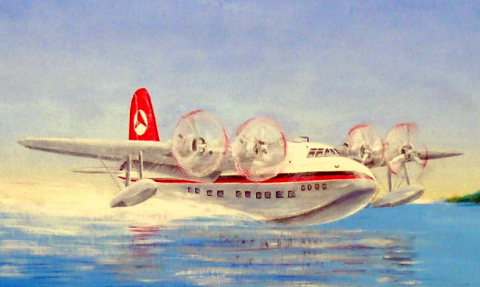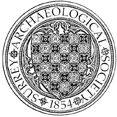SIHG Zoom Meeting; BEACHCOMBER: the Secret Sunderland


1901-2000

Farnborough Air Sciences Trust (FAST) was founded in 1993 to safeguard Farnborough's aeronautical heritage. This talk reviews Farnborough aviation history, including the RAE buildings and airfield from 1910. The talk will be give by Graham Rood, Curator FAST.
A talk about the world's fastest conventional cargo liner, her buiding and operation, with special reference to the development of passenger accommodation and facilities on ocean liners. The talk will be given by Richard Mellors, ex Union-Castle Line and P & O.
The story of the project to restore and return to mainline service the world's only Pullmam EMU (electrical multiple unit). The talk will cover the origins of the Brighton Belle , its time in service, and what happened to the rolling stock when the service ended in 1972. It will also cover the restoration of four cars and plans to operate the train in the future. The talk will be given by Stuart Wilkinson from the Brighton Belle Trust.
The talk will show how detailed computer models were used to reconstruct the history of the airport from archive maps and photographs. The development of Croydon Airport will be covered from the RFC airfield on Plough Lane, the RAF development in 1918, the Civil airport in 1920 and finally the new airport in 1928. A selection of aircraft and airline history will be included, and also the development of facilities such as Radio, Air Traffic Control, the Met Office and Customs. The talk will be given by Roger Potten, Historic Croydon Airport Trust.
The talk looks at the invention of linoleum by Frederick Walton in 1864 and his establishment of a factory to produce it in Staines. The different production processes and uses of this once universal floor covering are explained.
Looks at the disaster itself and its aftermath on the environment.
One of England’s most important monastic houses, Merton Priory disappeared completely at the Dissolution in 1538, but its archaeological remains have now been reborn as a uniquely situated museum.
House building virtually ceased during WW1, the major exception being houses for munition workers. The first of these was at Well End for the Woolwich Arsenal, built in 1915. Because of the lack of both bricks and bricklayers many of these houses were constructed using non-traditional
The talk is about the passenger and passenger cargo liners seen in UK ports during the author's boyhood in the 1950s, the ship owners, their origins and the trades which they served.